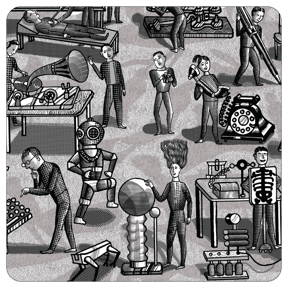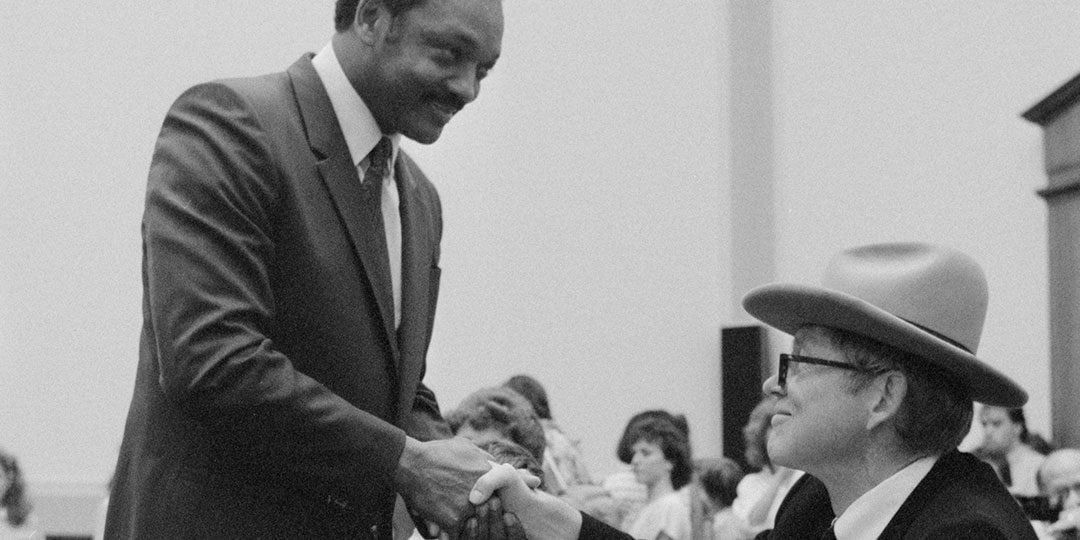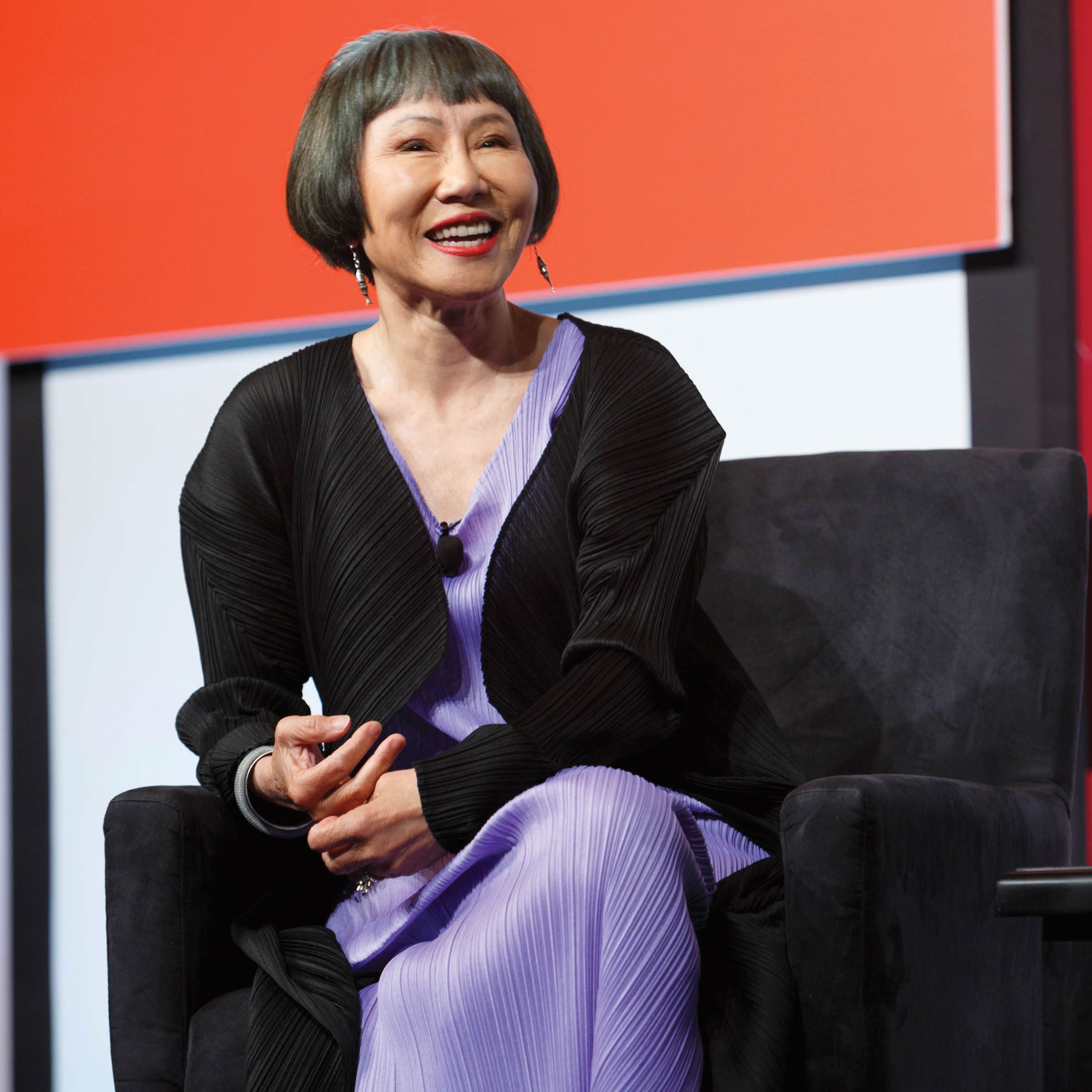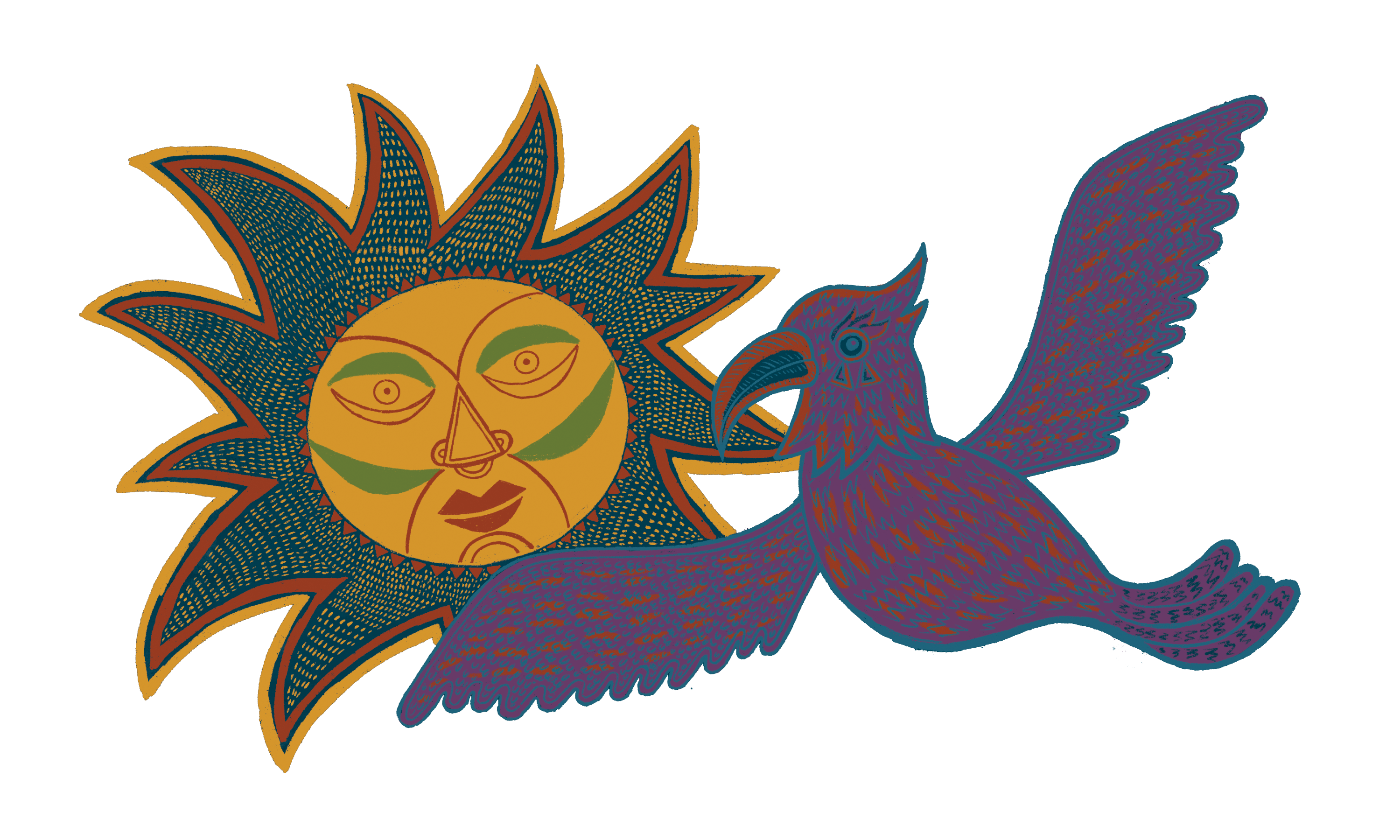Civil Rights Organizations
Black History Month is celebrated in February to honor the contributions and achievements of Black Americans throughout history. In honor of the month’s celebrations, we are highlighting four civil rights organizations that have impacted the movement from our United States History resource Building a Promise: History of the United States from 1865–Present. Read more and receive a free lesson plan to help students identify the contributions of organizations and individuals to the Civil Rights Movement.
One of the reasons that the American Civil Rights Movement was so effective was that many groups worked together. While key figures rose to prominence during the Civil Rights Movement, the movement’s success was a result of many different people contributing to the cause in different ways.
National Association for the Advancement of Colored People (NAACP)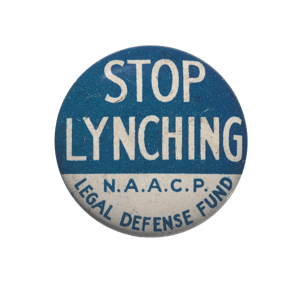
Founded: 1909
Major figures: W. E. B. DuBois, Thurgood Marshall, Roy Wilkins, Medgar and Myrlie Evers, Julian Bond
The founding goal of the National Association for the Advancement of Colored People (NAACP) was to gain legal equality for Black Americans. Its leaders were dedicated to ending lynchings and ensuring political and civil rights for Black people. They also wanted fair employment and housing practices.
The Legal Defense and Educational Fund, founded in 1940, served as the NAACP’s legal team. It was responsible for the 1954 Brown v. Board victory and represented Rosa Parks, an NAACP member, whose actions sparked the Montgomery Bus Boycott.
Congress of Racial Equality (CORE)
Founded: 1942
Major figures: James Farmer, Bayard Rustin, Floyd McKissick, Roy Innis
The Congress of Racial Equality (CORE) was founded by college students in Chicago in 1942. Members of CORE were inspired by the peaceful protests of Mahatma Gandhi in India.
One of CORE’s first actions was to send members to a Whites-only coffee shop in Chicago. They sat down and refused to leave until they were served. CORE also played an instrumental role in the desegregation of many Northern cities.
Their early work was proof that young people could organize, mobilize, and make changes. They also demonstrated the power of nonviolent protest against systemic racism.
Southern Christian Leadership Conference (SCLC)
Founded: 1957
Major figures: Martin Luther King Jr., Ralph David Abernathy, Andrew Young, Jesse Jackson
After the Montgomery Bus Boycott, Bayard Rustin wanted coordinated efforts for desegregation in the South. This led to the founding of the Southern Christian Leadership Conference (SCLC). The SCLC viewed racial inequities as a “spiritual problem.” Under the direction of 26-year-old Martin Luther King Jr., the SCLC appealed to independent Black churches and the Christian community for support.
Unlike the SNCC or the NAACP, the SCLC did not operate as a single entity, but as an umbrella for many different linked groups. Rather than asking for individual memberships, the SCLC recruited entire congregations.
Student Nonviolent Coordinating Committee (SNCC)
Founded: 1960
Major figures: Ella Baker, Diane Nash, John Lewis, Fannie Lou Hamer, Stokely Carmichael
Founded after the Greensboro sit-ins, the Student Nonviolent Coordinating Committee (SNCC) tried to free African Americans from social, political, and economic oppression. Its members organized and mobilized young people in local communities to challenge segregation. Often thought of as the “foot soldiers” of the American Civil Rights Movement, SNCC members traveled to rural areas to conduct voter registration drives.
Their members included Black and White advocates and included more women than any other group.
Subscribe to our newsletter to receive a free lesson plan.
 Building a Promise: A History of the United States from 1865 to Present
Building a Promise: A History of the United States from 1865 to Present
Building a Promise is a comprehensive resource that tells the captivating story of America's growth and development spanning more than two centuries. Bursting with vibrant color maps, charts, photos, and illustrations, it serves as an invaluable tool for students to delve into the rich history of the United States, from the years of the Civil War to the present day.
